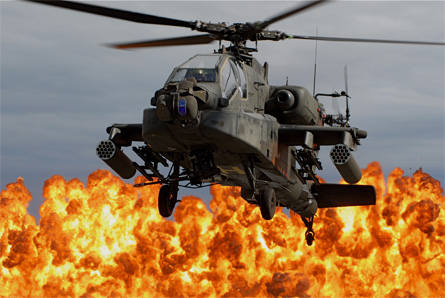The US Army has added new fuselages to the list of power and electronic upgrades planned for the Block III version of the Boeing AH-64D Apache Longbow.
The upgrade, scheduled to begin as full-rate production starts in fiscal year 2013, reduces the airframe design life to zero, says Mike Burke, Boeing's director of army rotorcraft business development.
Although the airframes will be new, army officials continue to insist the Block III programme is a remanufacturing project.
"We have had struggles getting people to understand that [the Block III version] is not a new aircraft," says Col Shane Openshaw, AH-64 project manager. "[The new airframe] is just one other element of a remanufactured aircraft that we're adding."
 |
|---|
© Sgt Roberto Di Giovine/US Army |
In the first two lots of low-rate initial production, Boeing reuses the airframe, but adds a new engine, rotor blades, drive train and avionics. As full-rate production begins, the airframe also will be new.
"There's still a healthy reused component on the remanufactured aircraft," Openshaw says. "If you just think about the fuselage as another line replaceable unit - it's a big one, size-wise. In terms of the cost and scope of the remanufacturing [programme], it's just an LRU."
First delivery of a production version of the Block III Apache is scheduled for October 2011. The army signed a $247 million contract on 22 October to buy the first aircraft in the first lot of LRIP.
Meanwhile, the army also is considering new upgrades beyond the Block III programme for its planned 690-aircraft Apache fleet. After integrating Lockheed Martin's modernised target acquisition detection system/pilot night vision system, the service now plans to replace the "day" systems on the aircraft's nose-mounted sensor.
The army first will start replacing a laser designator starting in FY2013, followed by the electro-optical camera several years later.
"There are things we are going to have to do this aircraft," Openshaw says. "I would say the book is open on what they could be."
Source: Flight International



















